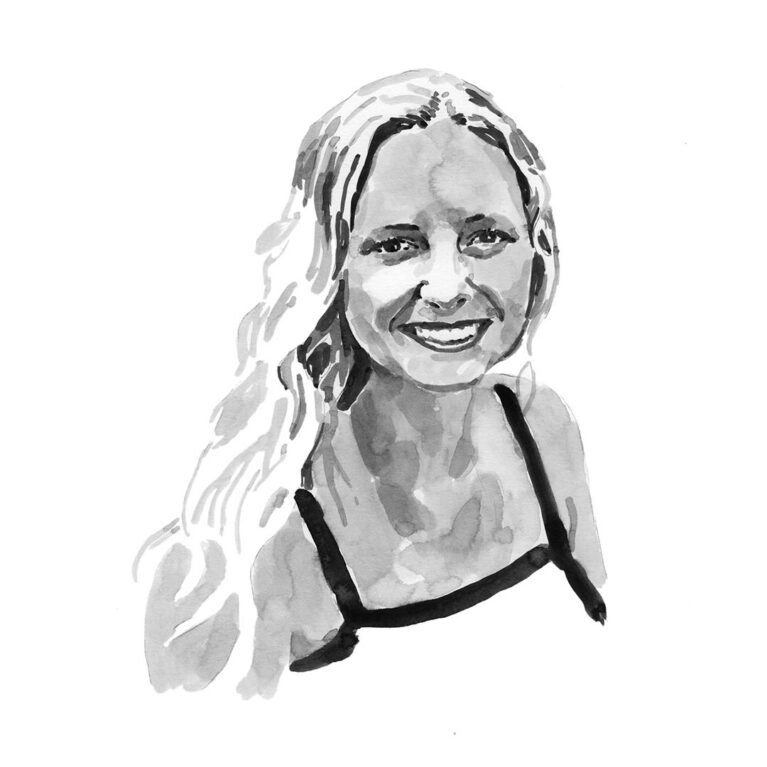Ashley Mackenzie Dawdy

Who I am
In 2005, the Georgia Aquarium opened in downtown Atlanta near where I was growing up and I convinced my parents to get us an annual pass. I soon became enamoured of this underwater world I had never seen before, including the diverse array of behaviours of the animals I could now observe. Before starting my undergraduate course, I volunteered at the aquarium at every opportunity. I would spend hours talking to guests about what was happening in the tanks or what these species’ lives are like in the wild, which gradually turns into what we can do as people to help conserve these species. It was these small moments that ultimately led me to pursuing a career in marine science.
As an undergraduate at Florida State University, I became heavily involved in shark research with the Grubbs lab, and while in the field I began to think about questions I would like to investigate in that area. Later, as part of my Honours course, I actively tracked (essentially, followed one individual by boat for about 52 hours at a time) bonnetheads and bull sharks in Apalachicola Bay to learn how movement behaviours (such as swimming speed) change with different tidal periods and times of day.
After a post-graduation gap year, I returned to Florida State University where I am now pursuing my PhD in ecology and evolutionary biology. My current research is highly species- and conservation-driven, where projects are designed to fill knowledge gaps for species of concern or those highly vulnerable to overexploitation. The focus species for my dissertation are the Atlantic cownose ray and smalltooth sawfish.
Where I work
My research lab is based at the Florida State University Coastal & Marine Laboratory in St Teresa, Florida. From here we run many operations, including lots of shark surveys in local areas. However, for our smalltooth sawfish research, we travel quite a lot further! We take our field-work set-up down to the Florida Keys, where we fish in Florida Bay and around the coastal keys for large juvenile and adult sawfish.
What I do
A lot of preparation goes into a Grubbs lab sawfish trip. We start by meeting at the lab to load up all our bait (we take an entire chest freezer with us), sampling gear, boat and personal belongings before heading down to the Florida Keys with our boat in tow. Upon arrival, we set up a temporary field station wherever we are, so that we have the space and materials to repair fishing gear, process samples and organise samples and data, among other things
From here on, every day is a sampling day! We load up bright and early and usually leave the dock by 7 am. Depending on where we are fishing that day and what the weather forecast looks like, we may have a several-hour ride to our sampling spot. Fishing locations are based on previous experience, knowledge of the species’ habitat preferences and reports from locals.
We set out two 50-hook bottom longlines at a time and let them soak for one hour (this limited time reduces bycatch and mortality). Hauling it up, we cross our fingers to feel the tugging of a sawfish coming up the line. When we see one, it’s go time! The first thing we do is get the animal secured so that we can work it up safely. We quickly collect a series of samples, do an ultrasound and implant an acoustic tag into the sawfish. This tag will ping every few minutes for the next 10 years and we will be able to learn about the long-term movement trends of that animal as we pull data off of acoustic receivers. As others download their acoustic receivers and submit data, we will learn even more about where these animals are going.
